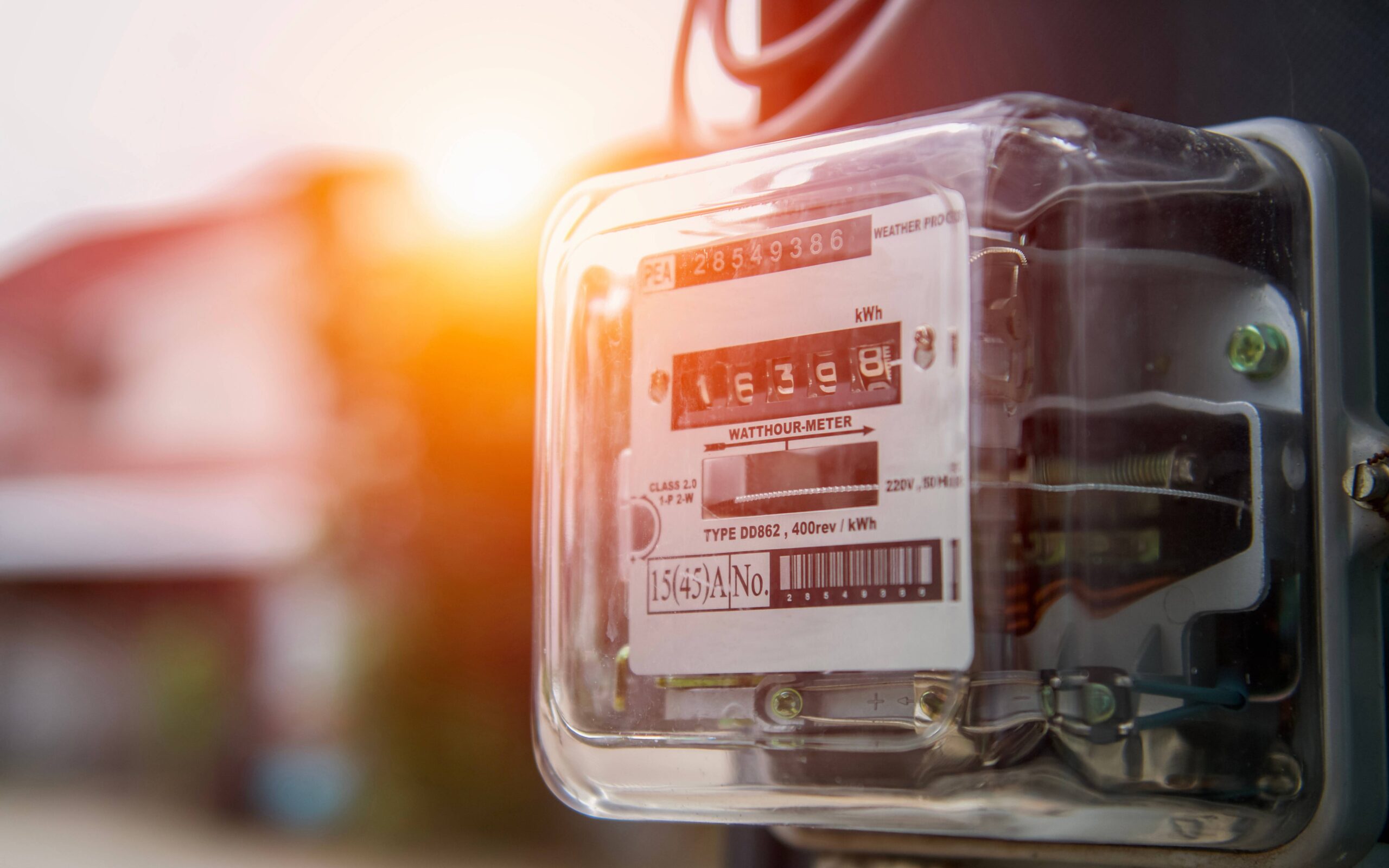Lower Your Bills with Utility Comparison Tools
Updated: Nov 27, 2025
The cost of electricity and gas can feel like it’s constantly creeping upward, but you may be paying more than you need to without realizing it. Learn about online utility comparison tools that can help you shop around for better rates, making it easier to cut costs without changing your daily habits.

Why Comparing Utility Rates Matters
In deregulated energy markets, you’re not locked into a single provider. You can choose between different electricity and gas suppliers, each offering their own pricing plans, incentives, and contract terms. This competition can work in your favor—if you take the time to compare rates.
The challenge is that utility pricing can be complex. There may be variable-rate plans, fixed-rate contracts, or renewable energy options with different cost structures. Comparison tools simplify this by showing your options side by side, helping you make an informed decision without digging through endless provider websites.
How Utility Comparison Tools Work
These tools typically start by asking for your ZIP code and your average monthly usage. Some even let you upload a recent bill to pull exact consumption data. Based on this, they display available plans from multiple providers in your area, including:
-
Price per kilowatt-hour (kWh) for electricity or per therm for gas
-
Contract length and early termination fees
-
Whether the rate is fixed or variable
-
Renewable energy percentage
You can filter by what matters most to you—lowest price, longest fixed rate, or highest renewable content—and many tools let you sign up directly through their site.
Standout Comparison Platforms
EnergySage is best known for its solar marketplace but also offers electricity rate comparisons in deregulated states. It’s particularly useful if you’re interested in renewable options.
Choose Energy specializes in comparing electricity and natural gas providers, giving clear breakdowns of rates and contract terms.
SaveOnEnergy works similarly but includes customer reviews and helpful guides to understanding different plan types.
In Texas, Power to Choose is the official state-run platform for comparing retail electric providers.
The Difference Between Fixed and Variable Rates
A key decision when switching providers is whether to choose a fixed or variable rate. Fixed-rate plans lock in your cost per kWh or therm for the length of the contract, protecting you from seasonal spikes. Variable rates may start lower but can change month to month, sometimes increasing sharply during high-demand periods.
If stability matters more than chasing the lowest possible rate, fixed plans are usually safer. But if you’re comfortable with some fluctuation and can monitor the market, variable rates can sometimes save more over the long term.
Renewable Energy Options
Comparison tools also make it easier to choose greener energy sources. Many suppliers offer plans with 100% renewable electricity from wind or solar, sometimes at rates competitive with conventional energy. If reducing your carbon footprint is important to you, filtering for renewable content can help align your utility bill with your values.
Some states even allow you to purchase renewable energy certificates (RECs) separately, so you can support clean energy even if your local grid mix is still fossil-fuel heavy.
Avoiding Common Pitfalls
Switching providers isn’t just about grabbing the lowest advertised rate. Be sure to check for:
-
Early Termination Fees – Leaving a contract early can erase your savings.
-
Introductory Rates – Some plans start low but jump significantly after the first billing cycle.
-
Billing Practices – Verify whether you’ll receive one combined bill or separate bills from the utility and supplier.
Comparison tools usually display these details clearly, but it’s worth reading the fine print before committing.
How Much You Can Really Save
The savings potential depends on your state, your usage, and current market rates. In some cases, switching providers could save you hundreds of dollars a year. Even smaller monthly savings—say $10 to $15—can add up, especially if you redirect that money toward other financial goals.
For example, saving $15 a month on utilities and investing it in a high-yield savings account could grow into a substantial emergency fund over time.
Where to Take This Next
Once you’ve locked in a better utility rate, you can combine that with other energy-saving strategies to maximize your savings. Simple changes like switching to LED bulbs, sealing air leaks, and using programmable thermostats can reduce your usage, which lowers your bill no matter what rate you’re paying.
You might also look into time-of-use plans if available. These charge less during off-peak hours, letting you save even more by shifting energy-heavy activities like laundry or dishwashing to cheaper times.
Final Thoughts
Utility comparison tools take the guesswork out of finding a better energy plan. By showing all your options in one place, they make it easier to choose the right mix of price, stability, and sustainability for your household. Even a modest reduction in your monthly bill can free up money for more important goals—and once you’ve made the switch, the savings keep coming without any extra effort.
Sources

